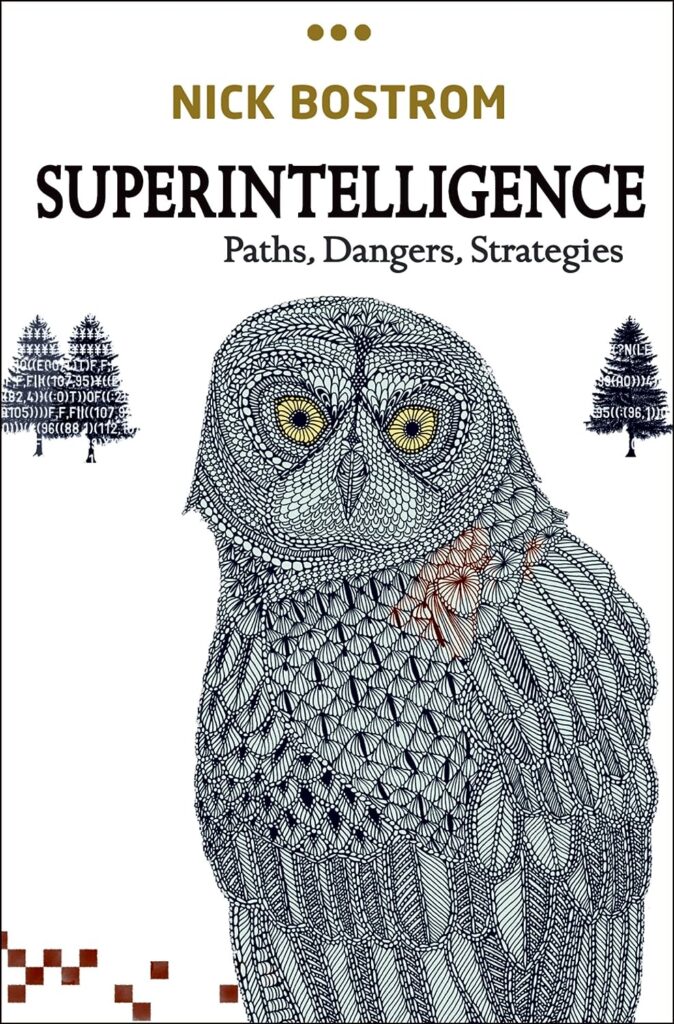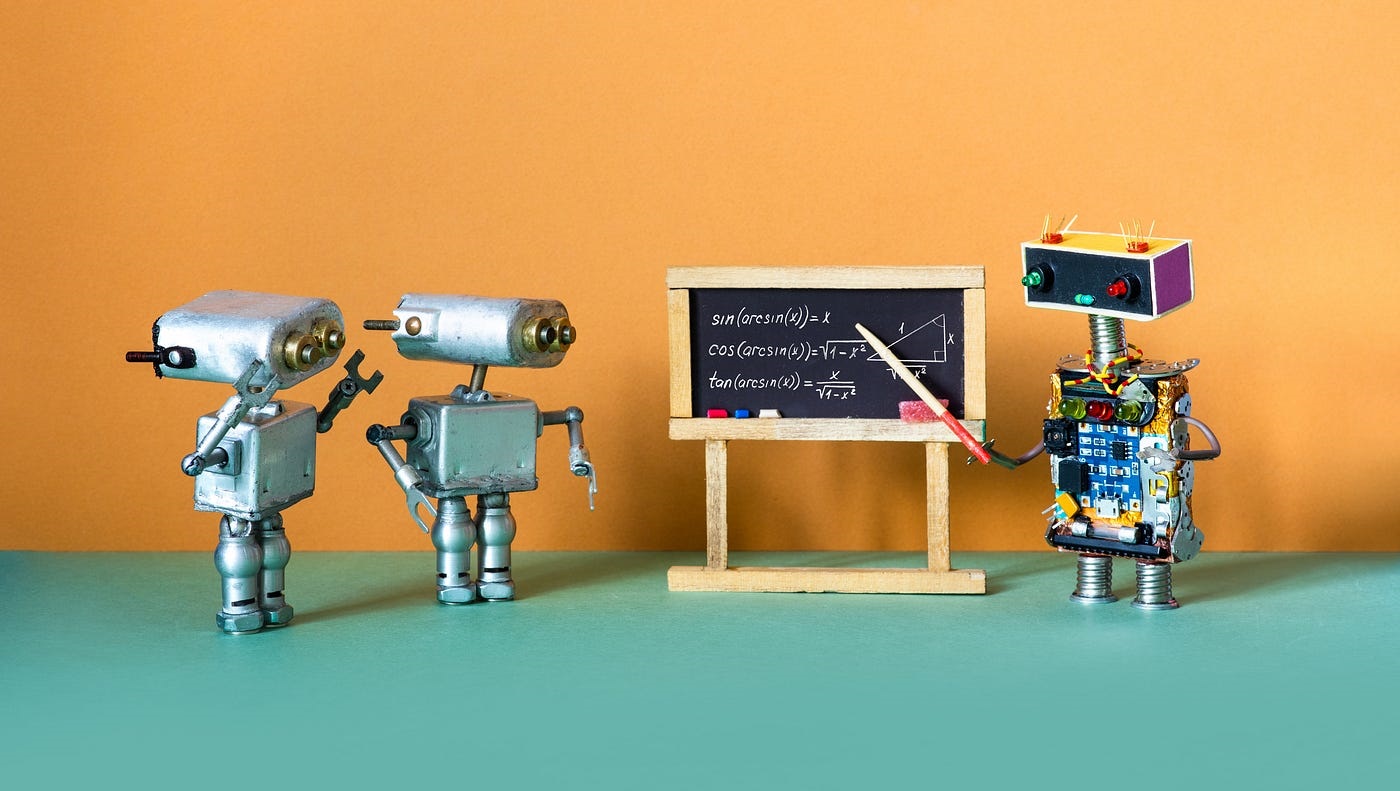Imagine a future where AI can not only learn from written instructions, but also explain what it learned to another AI, allowing them to work together. Researchers have made a significant leap in this direction!
Their breakthrough involves an AI network that can follow written instructions and complete tasks. Then, amazingly, it can explain those tasks to an identical “sister” AI, enabling it to perform the same task without any prior training.
This communication happens through a technique called Natural Language Processing (NLP), which allows machines to understand human language. The researchers built their AI using two connected neural networks. One, called S-Bert, was trained on understanding language. The other focused on interpreting signals and taking actions in response.
By combining these networks, they created a system that could understand full written sentences and perform tasks based on them. It achieved an impressive 83% success rate on tasks like reacting to a light, even without any prior training data.
But the real magic lies in the AI’s ability to then explain its learnings to another AI. It’s like a student teaching a classmate! This ability sets this AI apart from current chatbots, which can only generate text or images based on instructions, not translate them into actions or share knowledge with others.
This research is inspired by how humans learn. We can follow instructions to perform new tasks, unlike animals who need to be shown before they can understand. By mimicking the language and action areas of the human brain, the researchers created an AI with human-like learning and communication skills.
While this isn’t a shortcut to super-intelligent AI, it offers exciting possibilities. It can deepen our understanding of the human brain and pave the way for robots that can learn and collaborate through communication. Imagine a factory where one robot receives instructions and then trains the others!
The researchers acknowledge their AI is still in its early stages, but it opens doors for even more complex systems in the future. These could be integrated into robots that not only understand us, but also communicate with each other, ushering in a new era of AI teamwork.
Sources:
Published 18 March 2024 in Nature Neuroscience; Natural language instructions induce compositional generalization in networks of neurons.
DOI: 10.1038/s41593-024-01607-5
Discover:

Superintelligence:
Paths, Dangers, Strategies
“Nick Bostrom’s excellent book “Superintelligence” is the best thing I’ve seen on this topic. It is well worth a read.” – Sam Altman, President of Y Combinator and Co-Chairman of OpenAI

